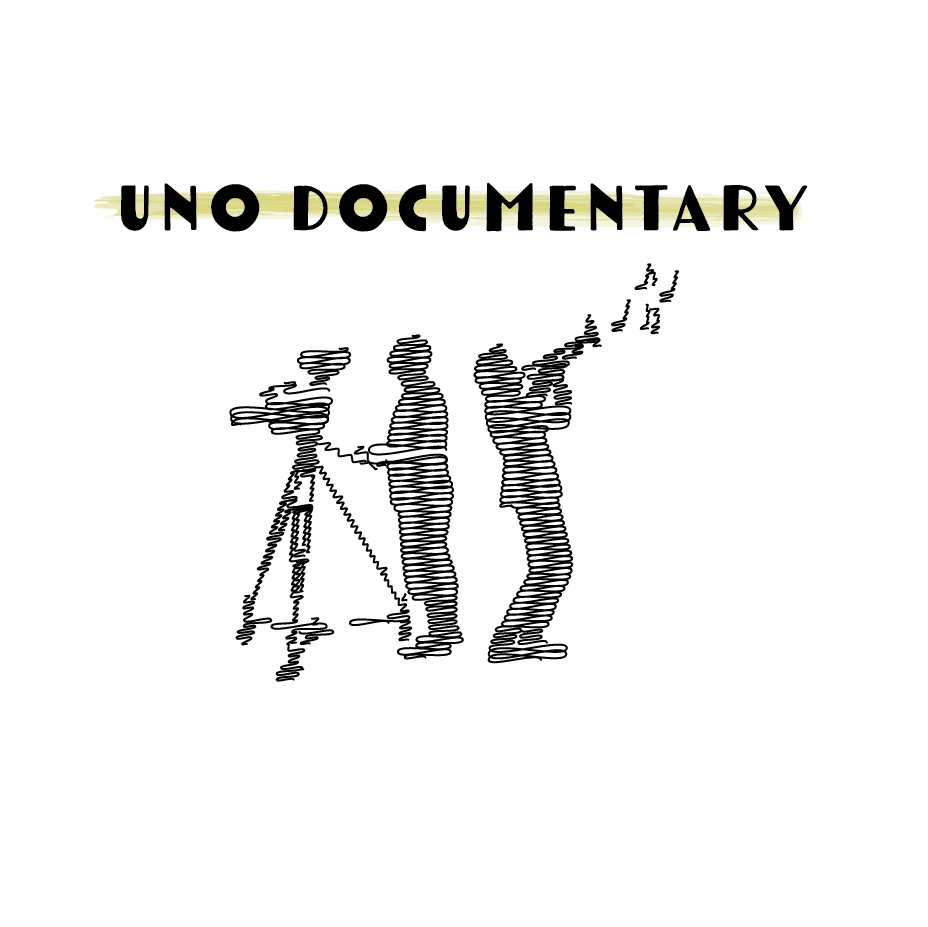
Sally Stevens, one of the founders of the New Orleans Blues Project. Photo by Colin Chenel.
To New Orleans, there is irrefutable evidence that the influence of blues exists deep within the culture. Issues surrounding race, class, politics, and economics have been relatively endemic to the blues from generation to generation. In 1998 Sally Stevens, relocating from Massachusetts to New Orleans, collaborated with a group consisting of Leny Sinclair, Deacon John, Roderick Siylvas, Jerry Brock, Edgar Chase, and Sharon Martin to eventually form the non-profit organization called The News Orleans Blues Project (Elie, Lolis E. “N.O. Should Be on the Blues Map.” The Times-Picayune (New Orleans), June 26, 2000). Many consider New Orleans, culturally, as a city influenced by jazz. However, the Project supported the aforementioned notion and had established themselves, originally prefaced to encourage the careers of musicians with blues roots, to provide aid to any musician found (with musical talent) in the New Orleans’s region. To the organization, the city was and currently is riddled with undermined musicians. Located in areas where dispositions of class and poverty systemically work against them, these musicians are the often-unfound talents of the 7th Ward, Treme, and the Lower 9th Ward (United States. Congress. The White House Millennium Council. Millenium Trial Blues Agency. By Hillary R. Clinton). The New Orleans Blues Project was established to provide an agency for those incapable of paying the formal payments needed to jump-start a career in music. These fees included paying booking agents, lawyers, purchasing instruments, and recording devices. For the New Orleans Blues Project, it was essential to acquire these funds through grants and various other state funded programs. This collimated into the Projects Millennium Trail designation: the Blues Highway.
Blues Highway
In recognition of efforts to bring the community together to “Honor the Past and Imagine the future,” by developing a trail that connects people to their land, their history, and their culture, The New Orleans Blues Project was granted the privilege of establishing a Millennium Trail (Elie, Lolis E. “Economic Boost.” The Times-Picayune (New Orleans), June 26, 2000). More specifically, this blues highway is a physical and conceptual heritage trail that links America’s communities sharing a common blues heritage (Indie. “The Blues.” NewsBits Music Industry, Summer 2000, 4, no. 1 (2000): 1). The highway is conceptually an engine to enhance the development for the blues aspect of New Orleans’s music industry. The blues highway was a physical and conceptual heritage trail that linked America’s communities sharing a common blues heritage. The highway traverses the Mississippi River and the old Highways 61 and 49 from New Orleans, through Baton Rouge and the Mississippi Delta through Memphis and on to Chicago (Stevens, Sally. “New Orleans Blues Project.” E-mail message to author. November 14, 2012). This trail traces, intentionally, the migration routes traveled by blues musicians from cities where blues was born. All of this was done in an effort to attract the confluence of crowds along the route back to New Orleans to experience where the music trail spawns.
Economic Implications
This demonstrates the intended economic impact of The New Orleans Blues Project, which is to help New Orleans affiliated musicians gain recognition locally and nationally. Moreover, “[We] understand that the majority of the products and services the city and its tourism industry rely upon, come from some of the city’s most segregated and marginalized neighborhoods and to, in that respect, bring some much-needed social and economic equity to New Orleans. As a result we provide an outlet for those communities to establish a career on the premise of the entertainment industry through providing an all around agency for unrecognized musicians of all talents” (“The New Orleans Blues Project, Part 2.” Interview by author. November 15, 2012). The New Orleans Blues Project was established to provide an outlet, which many lacked the connections to previously access. The undermined musicians benefit as the organization allowed them to convey their improvisational impulse they label music. A city built on the commerce of the entertainment industry; The New Orleans Blues Project was there to ensure the longevity of blues in the city of New Orleans.
Rhythm Conspiracy
In 2003, before Katrina struck in 2005, The New Orleans Blues Project dissembled due to the limitations of being a non-profit organization. It became increasingly difficult to run programs with little to no money being funded by the Louisiana government and national government. Shortly after Katrina struck though in 2006, Sally Stevens decided to rededicate herself to a new organization. Rather then a nonprofit organization, the organization established itself as a Louisiana Benefit Corporation (meaning we have a social mission, in addition to making a profit, aka Triple Bottom Line of people, planet, profit): Rhythm Conspiracy. Rhythm Conspiracy is now forming as an artist/worker-owned cooperative business – marketing, selling, and distributing the services and products of the regional creative industries (“The New Orleans Blues Project, Part 2.” Interview by author. November 15, 2012). The ambitions of The New Orleans Blues Project live on though the reformed communal goals of Sally Stevens in Rhythm Conspiracy. A committee has also been established to ensure the lasting success of this organization, and that it utilizes the aspect of urban cooperation to the fullest extent this time around.






